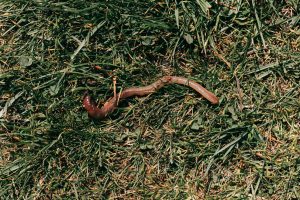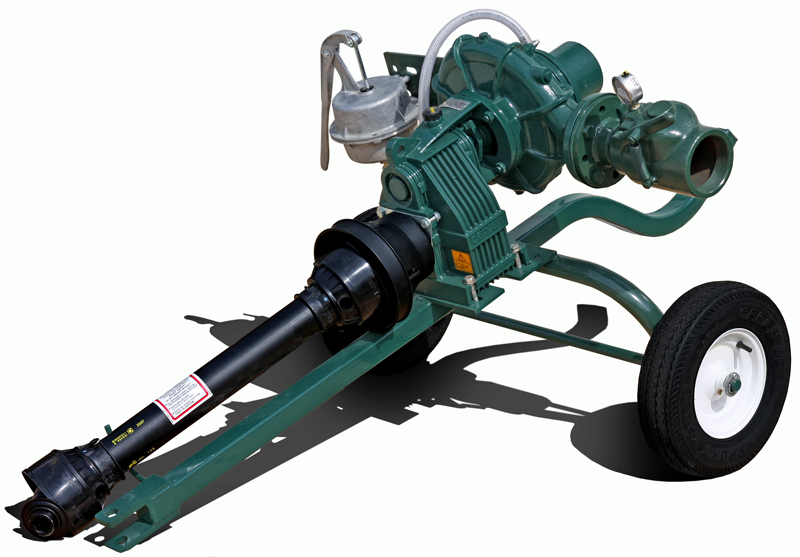“All the animals and wildlife on the Chesters’ farm have a job to do, but arguably the hardest workers are the earthworms.”

The hardest working earthworms on earth
Poop jacuzzis, ducks, and worm bins: How this inspirational farm restored its soil
The Chester family bought what they thought was the perfect California-based farm in 2011. 234 acres of paradise. A paradise that they soon discovered needed a makeover. Years of industrial farming and climate change had depleted the soil of microbial diversity.
Rather than panicking, the Chester’s consulted with “scientists, Indigenous experts, and traditional farmers, as well as experimenting with natural processes.” The answer they sought began with earthworms. They built 40-foot vermicompost bins to house hundreds of thousands of worms and put them to work – digesting and breaking down organic matter that they then added to the depleted agricultural fields in an attempt to restore the soil’s natural balance.
Soon they were producing 12 tons of “black gold” per year, but it wasn’t enough. So they “invented” the poop jacuzzi – a simmering vat to brew soil into a compost tea that raised the microbial population by 500 times. “We’ll mix the tea with seaweed extracts, fish emulsions, and things to feed the biology and the soil. Then the nutrient-rich compost tea can be soaked or sprayed onto orchards and pastures.”
Over the years, they took other measures to continue to reinvigorate the soil. They added grazing animals that were rotated around the farm to break up the hardened soil.
The extraordinary results produced by Apricot Lane’s soil experiment are being monitored as part of an 11-year-long trial, collecting data to track the detailed bacterial and microbial changes going on in the topsoil. For John Chester, biodynamic farming is the key to a healthy future for everyone. “Not only are you growing super great-tasting food with deep nutrient value, but these practices sequester massive amounts of carbon from the atmosphere, methane, and water, among other things,” he says.
For more information on this success story of regenerative farming, I invite you to read more at FastCompany.com






